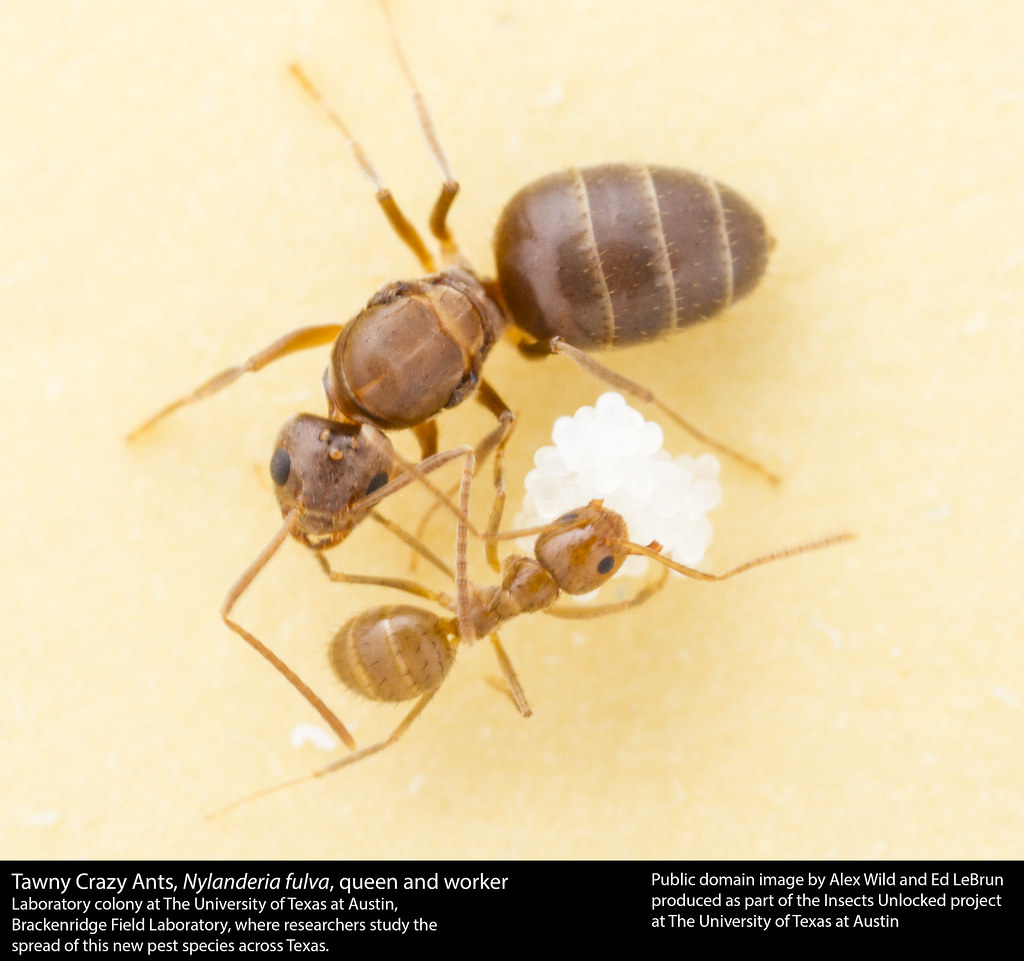
Unleashing the Secrets of Ant-Keeping Interior

Unleashing the Secrets of Ant-Keeping Interior

Invasive ant species are a major threat to ecosystems worldwide, often out-competing native species and causing ecological and economic damage. Invasive ants are non-native species that have been introduced to new regions and have established self-sustaining populations, often with a high rate of reproduction and expansion. They are considered invasive because they cause harm to the environment, native species, and sometimes humans.
The spread of invasive ant species can be attributed to global trade, human travel, and human activities, which have facilitated the movement of invasive ant species to new locations. The introduction of invasive ant species has caused ecological and economic damage in many parts of the world, including North and South America, Europe, Africa, and Australia.
This blog post will provide an overview of four of the most invasive ant species worldwide. Each section will take a point of view, cite a statistic to back up the point of view, and provide an example to illustrate the impact of the invasive species. This blog post aims to raise awareness about the danger of invasive ant species, provide readers with a better understanding of the impact of these species, and encourage readers to take action to prevent their spread.
Fire ants are one of the most notorious and aggressive invasive ant species worldwide. Originally from South America, they are now present in North America, Asia, and Oceania, causing ecological and economic damage. Fire ants are a significant ecological threat by out-competing native ant species and disrupting the food web, and their spread has caused major economic losses.

According to a study conducted by the USDA, fire ants cause an estimated $6.7 billion in annual economic losses in the United States alone, including damage to crops, livestock, and electrical systems. Additionally, they can inflict painful stings on humans, causing medical expenses and decreased quality of life.
For example, in the United States, fire ants have caused severe ecological damage to native species, including the displacement of ground-nesting birds, lizards, and small mammals. They can also damage trees by feeding on the sap, which can cause tree death. Fire ants have been introduced to Australia, where they threaten the survival of native fauna and flora, and cause significant ecological and economic damage.
Argentine ants are originally from South America but have been introduced to North America, Europe, Asia, and Africa. They are known for forming supercolonies, which can outcompete native ant species, disrupt the food web, and cause ecological damage. The point of view taken in this section is that Argentine ants are a significant ecological threat, and they can impact the structure and functioning of ecosystems.

According to a study published in Ecology Letters, Argentine ants have displaced native ant species and altered the arthropod community structure in invaded areas. In some cases, the impact of Argentine ants has been so severe that it has altered the functioning of ecosystems, such as reducing seed production and germination in plants.
For example, in California, Argentine ants have invaded several native ecosystems, including grasslands and coastal sage scrub. They have displaced native ant species, which has caused changes in plant community structure, with implications for nutrient cycling and plant reproduction. Argentine ants have also been introduced to New Zealand, where they have caused significant ecological damage, including the decline of native ant species.
Crazy ants, also known as tawny ants or Rasberry crazy ants, are an invasive species from South America. They have been introduced to the United States and have established populations in several states, including Texas, Florida, and Louisiana.
Crazy ants are a significant ecological and economic threat, and their spread can cause damage to infrastructure, wildlife, and humans.
According to a study published in PLOS ONE, crazy ants cause an estimated $146.5 million in annual economic losses in the United States, including damage to electrical systems, computers, and other electronics. They can also outcompete native ant species and disrupt the food web, causing ecological damage.

For example, in Texas, crazy ants have caused significant ecological damage to native species, including the displacement of other ant species and changes in arthropod community structure. They have also caused significant economic damage to businesses and homeowners by damaging electrical systems and other electronics. Additionally, crazy ants can cause issues for humans, as they can infest homes and become a nuisance.
The Yellow crazy ant is another invasive species that’s caused significant ecological and economic damage in many parts of the world. According to a study published in the journal Biological Invasions, yellow crazy ants have invaded over 50 countries and caused significant ecological damage in many of them.
For example, on Christmas Island, yellow crazy ants have caused the local extinction of several native species, including the Christmas Island red crab.
Invasive ant species are a significant threat to ecosystems worldwide, causing ecological and economic damage, and posing a risk to human and animal health. The spread of invasive ant species can be attributed to human activities, including global trade and travel, and it is essential to take action to prevent their spread.
This blog post has provided an overview of four of the most invasive ant species worldwide, including fire ants, Argentine ants, crazy ants, and red imported fire ants. By understanding the impact of these species, we can take steps to prevent their spread and protect our ecosystems and communities.